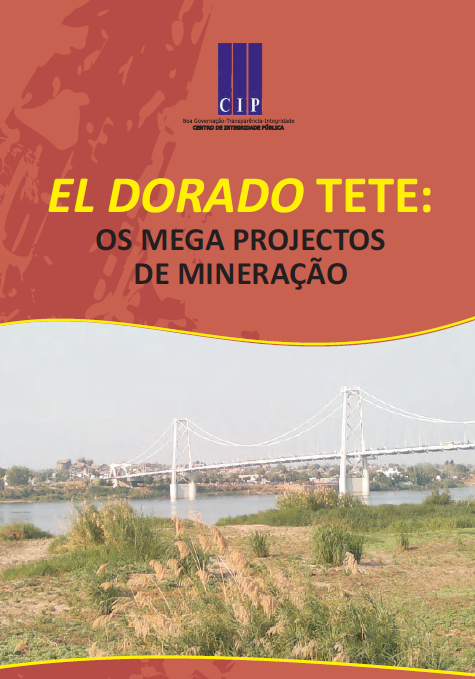Response of dissolved trace metals to land use/land cover and their source apportionment using a receptor model in a subtropic river, China
Water samples were collected for determination of dissolved trace metals in 56 sampling sites throughout the upper Han River, China. Multivariate statistical analyses including correlation analysis, stepwise multiple linear regression models, and principal component and factor analysis (PCA/FA) were employed to examine the land use influences on trace metals, and a receptor model of factor analysis-multiple linear regression (FA-MLR) was used for source identification/apportionment of anthropogenic heavy metals in the surface water of the River.





